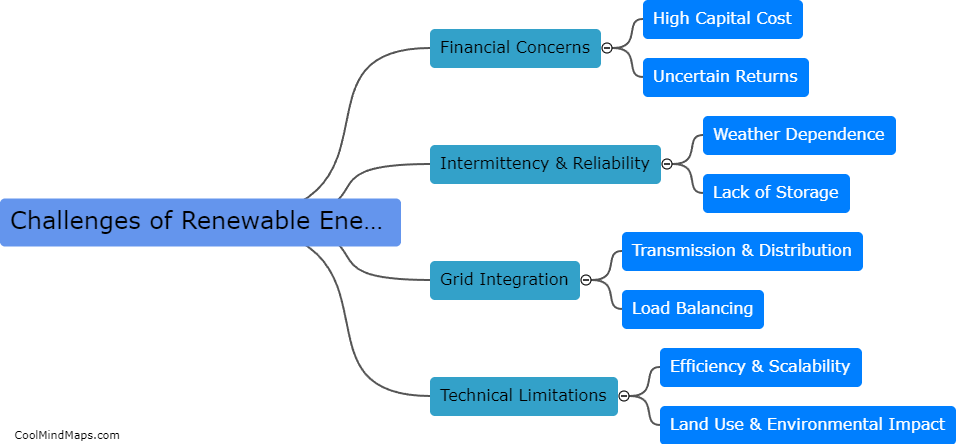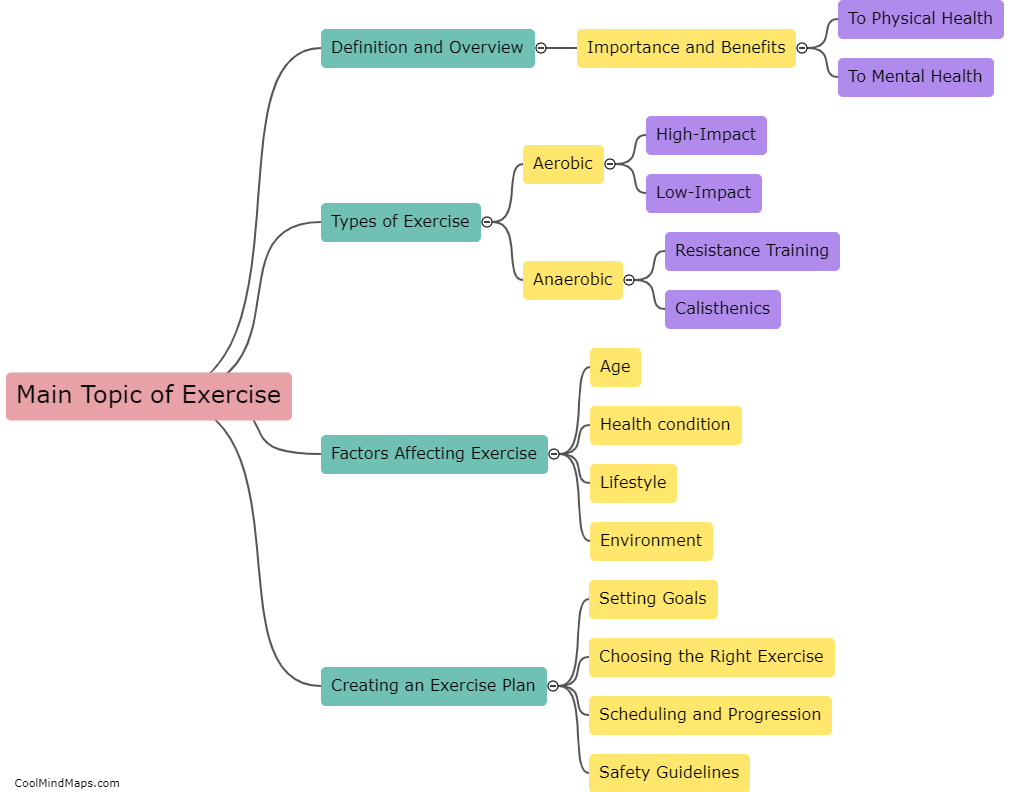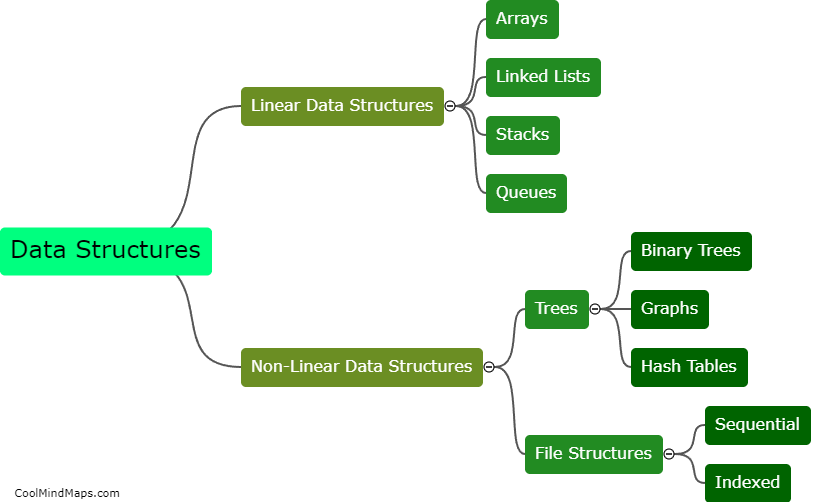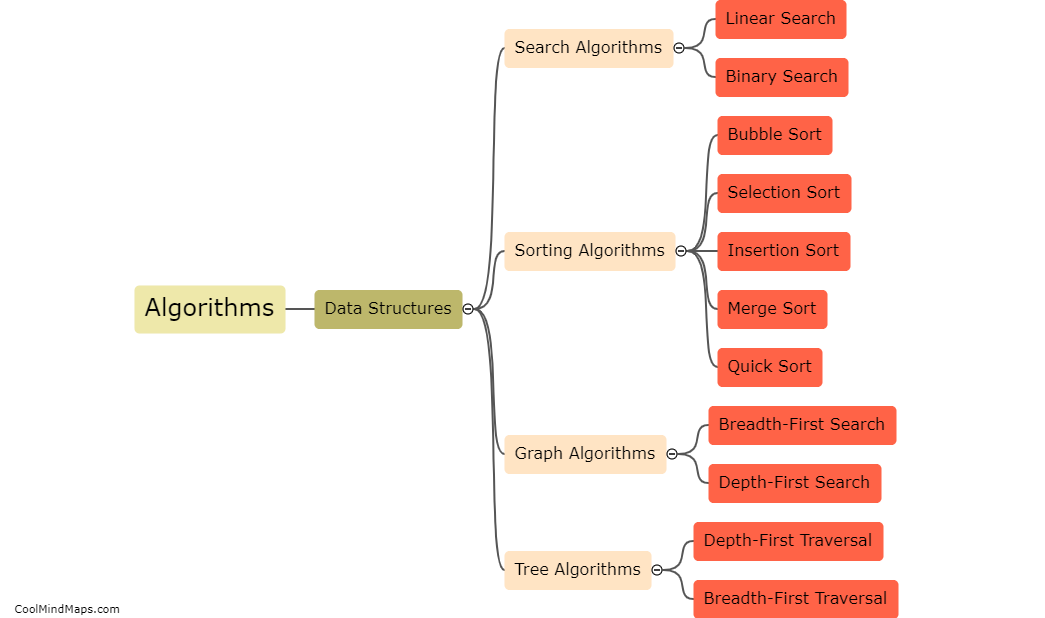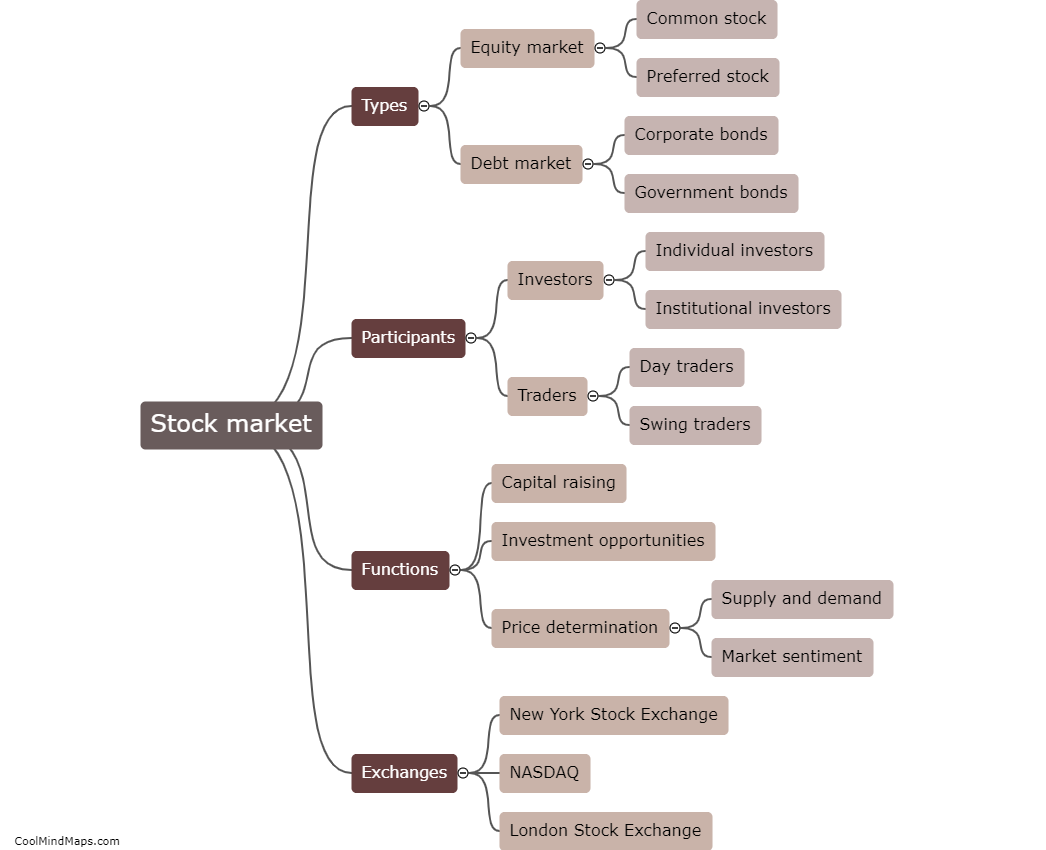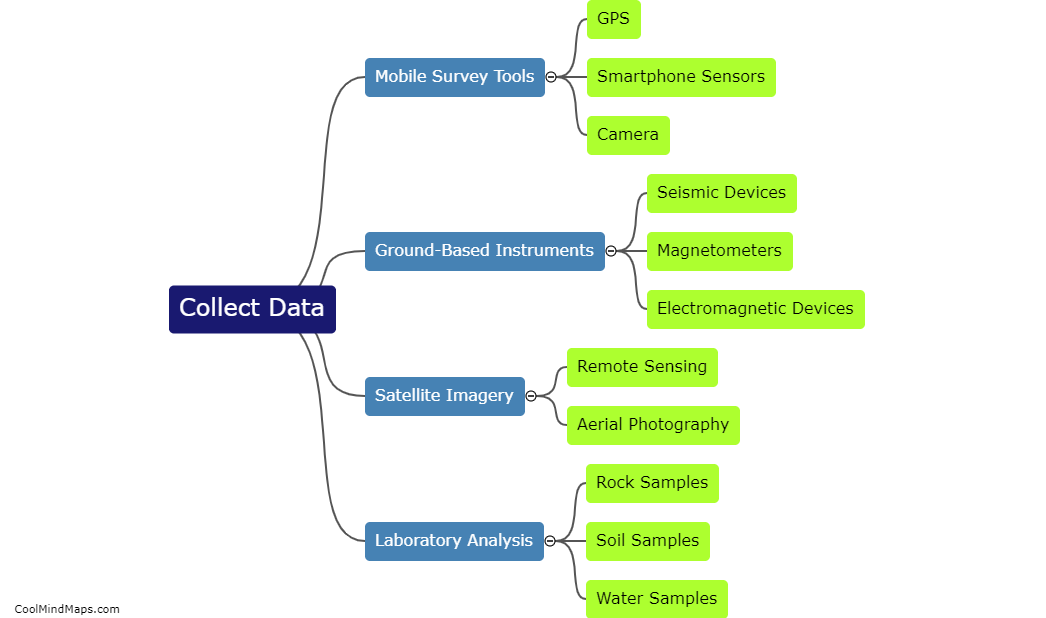What are the different food groups and their functions?
The different food groups are categorized based on the nutrients they provide to our bodies. These groups are grains, fruits, vegetables, protein, dairy, and fats/oils. Grains are rich in carbohydrates, providing energy for our bodies. Fruits and vegetables are packed with vitamins, minerals, and fiber, which support various bodily functions and help prevent chronic diseases. Protein is essential for building and repairing tissues, as well as supporting growth and development. Dairy products offer calcium, which is necessary for strong bones and teeth. Fats and oils provide essential fatty acids and help in the absorption of certain vitamins. Balancing these food groups is crucial for maintaining a healthy diet and ensuring our bodies receive all the necessary nutrients.

This mind map was published on 29 November 2023 and has been viewed 93 times.

